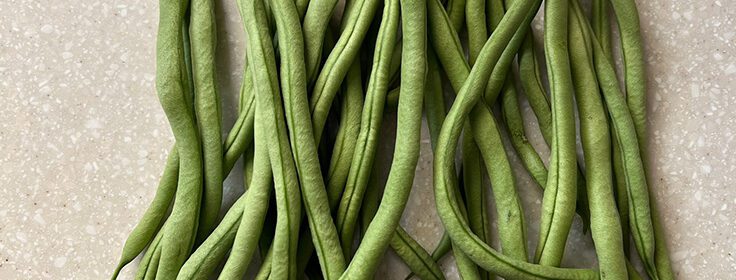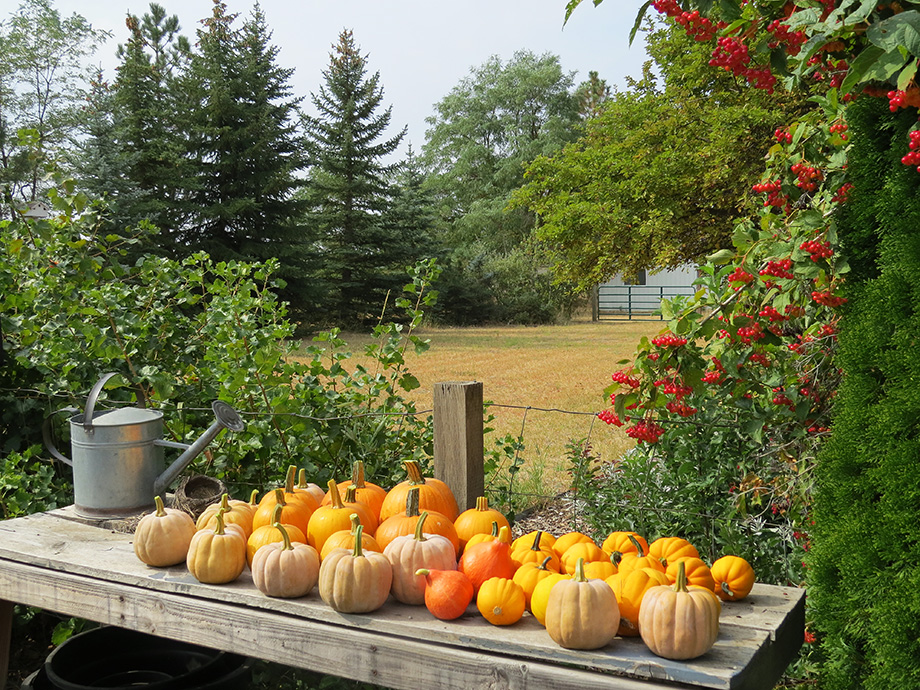Oct. 2 Column: Garden Lessons

In this week’s garden column, I share the garden lessons I learned this year. They’re pretty wide-ranging but valuable nonetheless.
You can read my column underneath the video below. My garden lessons included a big surprise. Cold soil can impact a tomato plant’s ability to bloom and set fruit. Yikes. You might think that’s a no-brainer but it isn’t when the soil is still cold around June 1st! You’ll also learn how certain crops performed for us.
Column:
by Susan Mulvihill
There were plenty of garden lessons to be learned during this year’s growing season. I thought 2021 was challenging, what with the drought, excessively high temperatures and wildfire smoke. Surely 2022 couldn’t be any worse, right?
The start of this season brought us a lot of rain and cold temperatures that lingered for far too long. Cool-season vegetable crops didn’t mind but warm-season crops took issue with those conditions.
Even though I waited until nearly June 1 to plant my tomato seedlings, they struggled for months. We ended up with a small harvest by the end of the season that paled in comparison to our usual haul.
In past years, I’ve covered the soil in each tomato bed with red plastic mulch to prewarm the soil. This year, I stopped using it because I don’t like advocating the use of more plastic in our daily lives. It turns out I picked the wrong spring to take a stand. I am seriously considering prewarming the soil next year with my leftover plastic.
Last year, my ‘Musica’ pole beans struggled mightily and produced poorly. After researching more heat-tolerant varieties, I grew ‘Fortex’ and ‘Rattlesnake’ beans. While the latter did fairly well, ‘Fortex’ was very prolific. I’ll definitely grow that one again in 2023.
I’m going to skip growing leeks next year. They’ve always been amazingly vigorous. But this year, they bolted to seed and their normally tender stems were thick and woody.
This was definitely a good year to mulch around everything we grew. Mulch helps the soil retain moisture. As an added bonus, it makes it more difficult for weed seeds to germinate. From here on out, we gardeners really need to focus on water conservation. Mulching is a great way to make a difference in the amount of watering we need to do.
I learned that normally heat-intolerant lettuce plantings will grow a lot longer if you shade the bed. I used a 30 to 50 percent shade cloth and it worked great. We enjoyed salad greens through the month of August, which is amazing.
Unfortunately, I also discovered that potato plants don’t like shade cloth at all. When the forecast showed temperatures climbing into the low 100s, Bill and I sprang into action. We suspended shade cloth over two of our tomato beds. Then we draped it over five of the cloth grow bags that contained half of our potato crop. The foliage in those bags completely died back. Yet the potato plants in the other five bags remained lush and green.
It’s embarrassing to admit this but one of my goofs was to plant too many winter squash and pumpkin seedlings. Next year, I’ll try to have some restraint when planting the seeds. Ah yes, the garden lessons just keep on coming!
I mentioned 2 weeks ago that I’m getting into succession planting techniques. This involves careful planning so one can take advantage of extra space around slow-growing crops. It also means being ready to plant a new crop as soon as one finishes. I’m trying to come up with a record-keeping system that will enable me to do that.
What is one last takeaway from the 2022 growing season? Two zucchini plants were plenty.
This is my final column for the 2022 garden season. You can follow my blog on Susansinthegarden.com, or read my daily posts on Facebook and Instagram. Please drop by for a visit.
This week’s video:
I’m pretty excited to share my newest video with you! Why? I recently posted on Facebook about how cute our pygmy nuthatches are when they come in for a drink. In the post, I mentioned how we have our birdbaths set up to automatically refill everyday. A few folks said, “How do you do that?!!! Will you share that information with us?”
At first, I felt a bit daunted by it because Bill is the fix-it guy around here, not me. And he prefers to be behind the camera rather than in front of it! He kindly assembled the various parts one would need to either refill a birdbath automatically or to have a container watered automatically. Then he coached me on the methods. So that’s what this video is all about. I’m hoping you will enjoy it and consider setting up a similar system in your own garden. But I’ve gotta hand it to Bill. He is so smart about figuring these sorts of things out, to save us time and energy! Thank you, honey.
We typically purchase drip irrigation parts from Dripworks.com.

